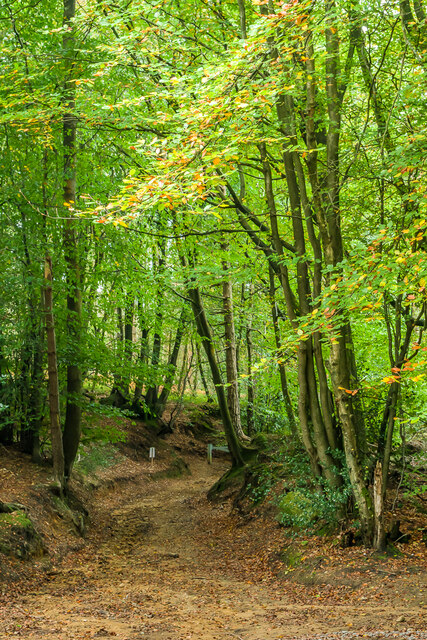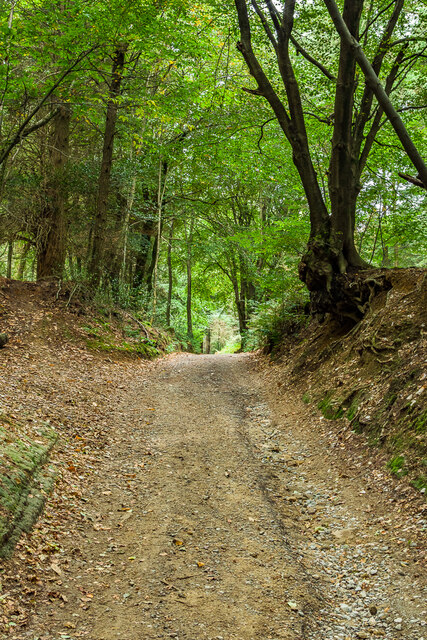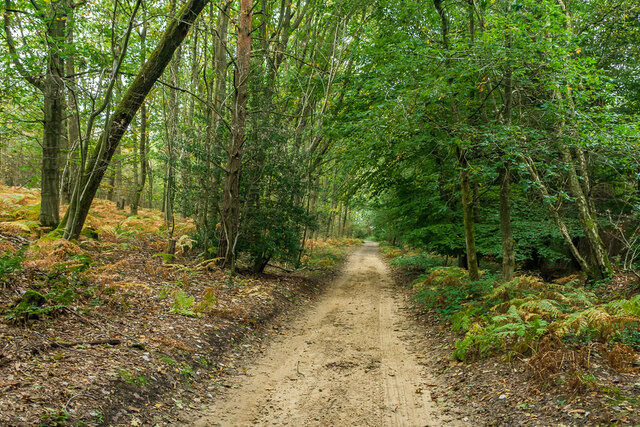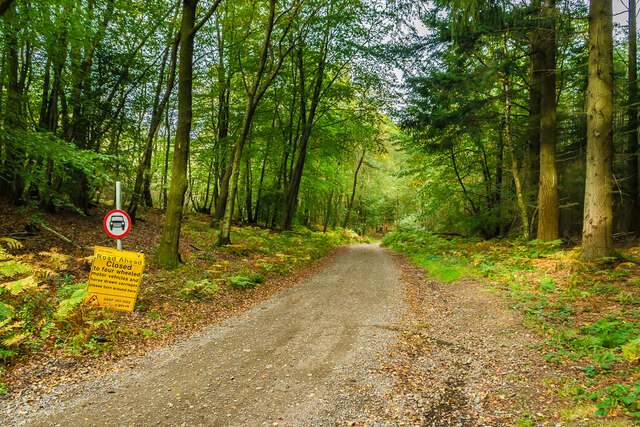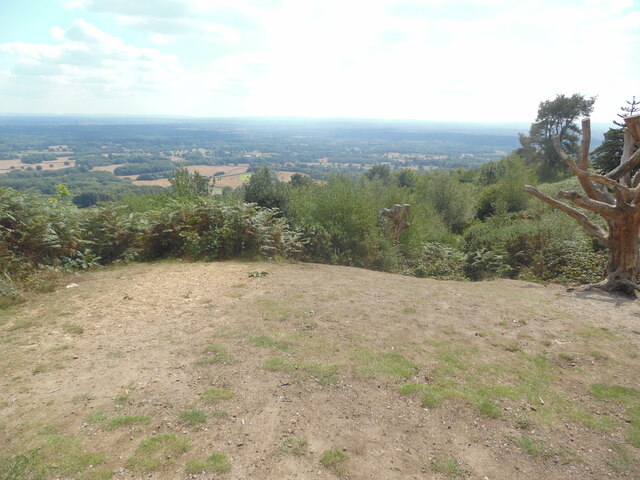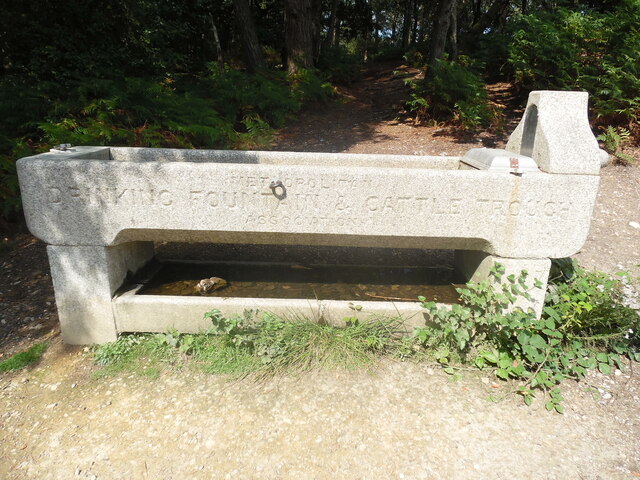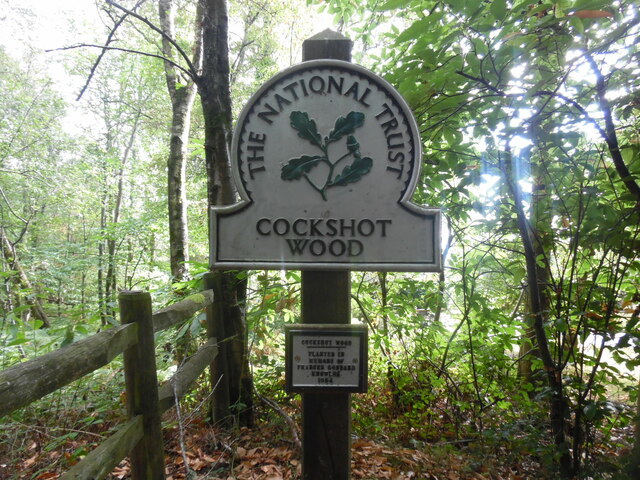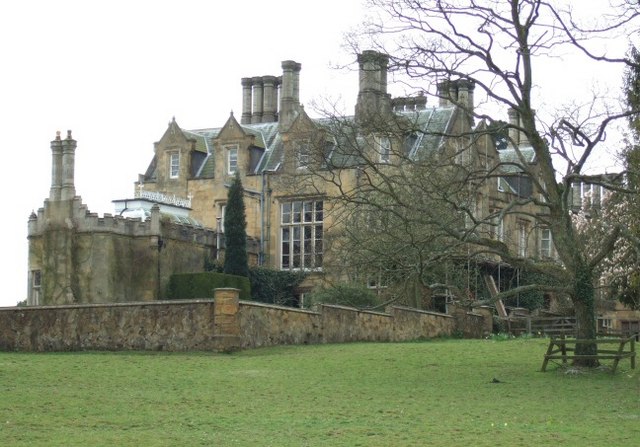Anstiebury
Heritage Site in Surrey Mole Valley
England
Anstiebury
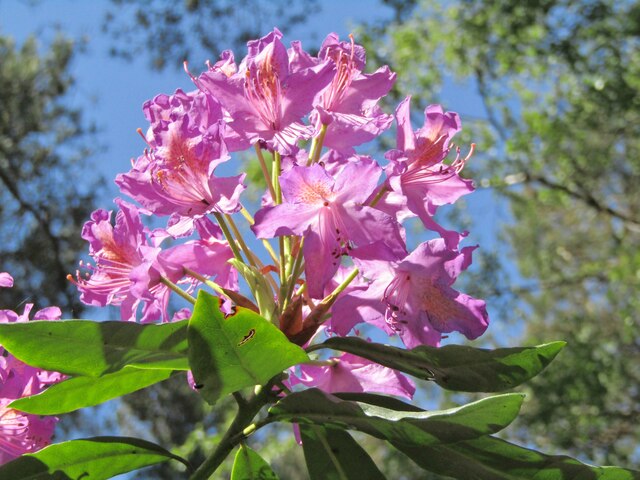
Anstiebury, located in Surrey, England, is a historically significant heritage site that attracts numerous visitors due to its rich cultural and archaeological significance. Nestled amidst the picturesque Surrey Hills, Anstiebury is known for its ancient barrow, a burial mound dating back to the Bronze Age.
The barrow at Anstiebury is one of the largest in the region, standing at an impressive height of 17 meters. It is believed to have been constructed around 2000 BC and was likely used as a burial site for important individuals or as a ceremonial monument. The barrow's size and prominence make it an iconic feature of the local landscape and a testament to the ancient civilizations that once thrived in the area.
Visitors to Anstiebury can explore the barrow and marvel at its construction, which consists of layers of earth and stones. The site offers a unique glimpse into the lives and beliefs of the people who inhabited this area thousands of years ago. Additionally, the surrounding countryside provides a tranquil setting for walks and nature enthusiasts.
Anstiebury is not just a site of historical significance but also holds immense ecological importance. The surrounding area is home to a diverse range of flora and fauna, with rare species of plants and animals thriving in the region. Conservation efforts have been made to preserve the natural beauty of Anstiebury, ensuring that future generations can appreciate its unique heritage.
In conclusion, Anstiebury in Surrey is a captivating heritage site that offers a fascinating insight into the ancient past of the region. With its impressive barrow and beautiful surroundings, it is a must-visit destination for history enthusiasts and nature lovers alike.
If you have any feedback on the listing, please let us know in the comments section below.
Anstiebury Images
Images are sourced within 2km of 51.178/-0.347 or Grid Reference TQ1543. Thanks to Geograph Open Source API. All images are credited.
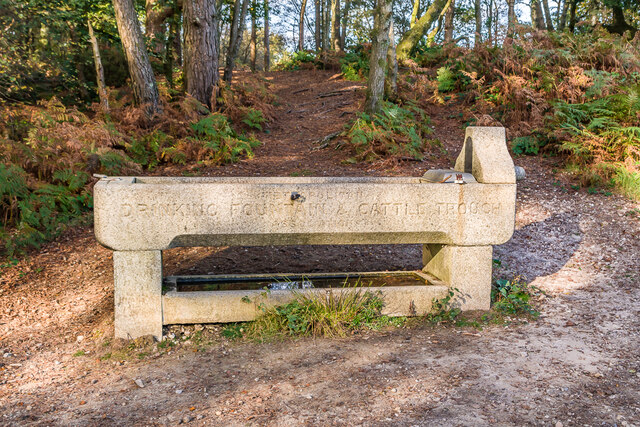
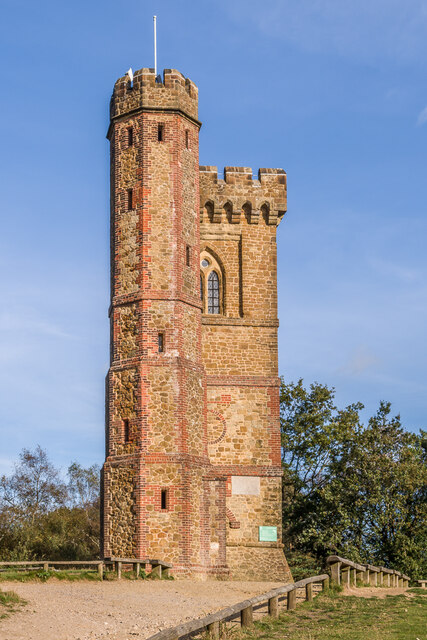
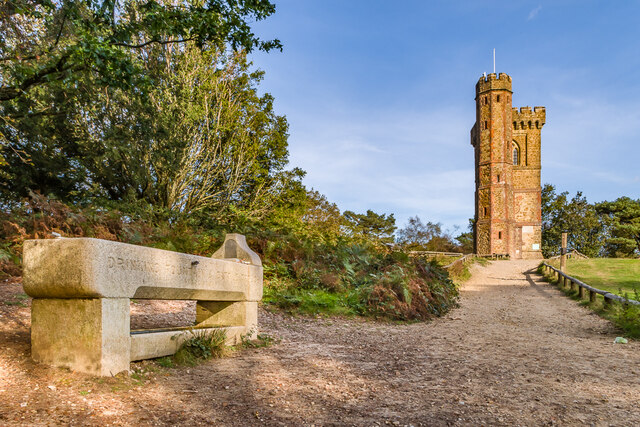
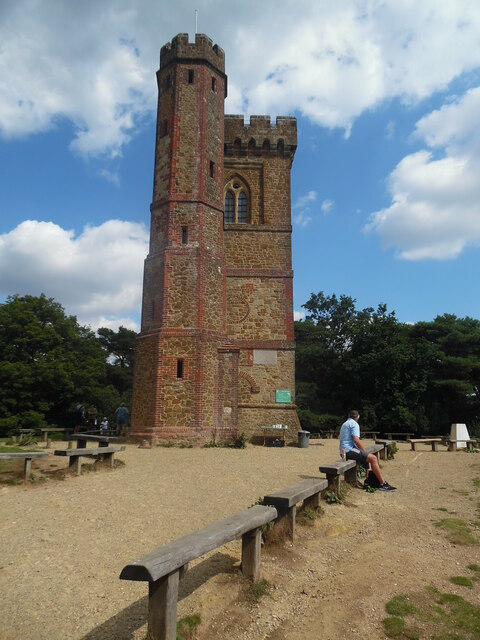
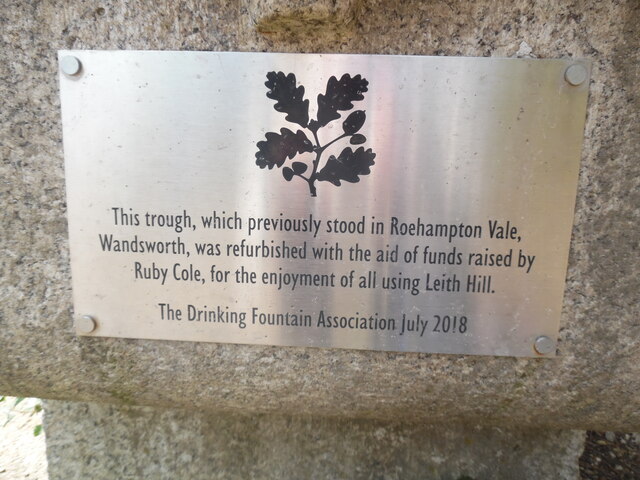
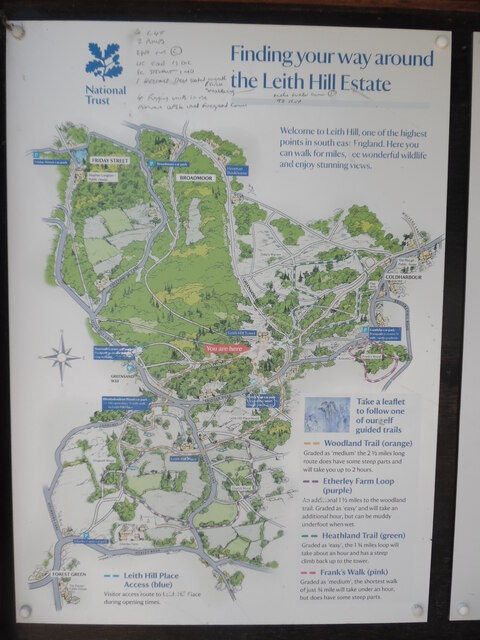
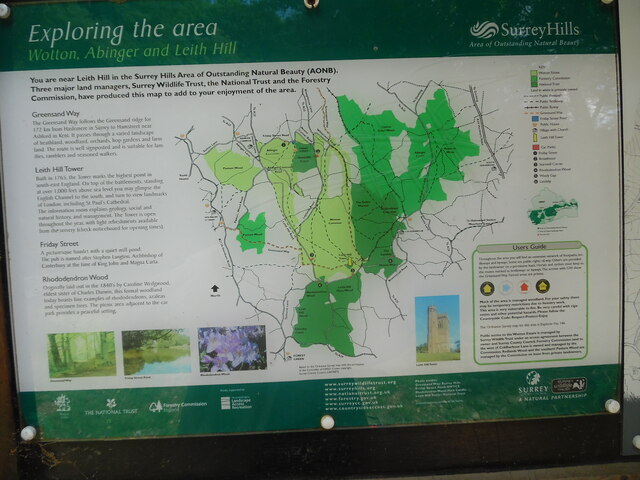
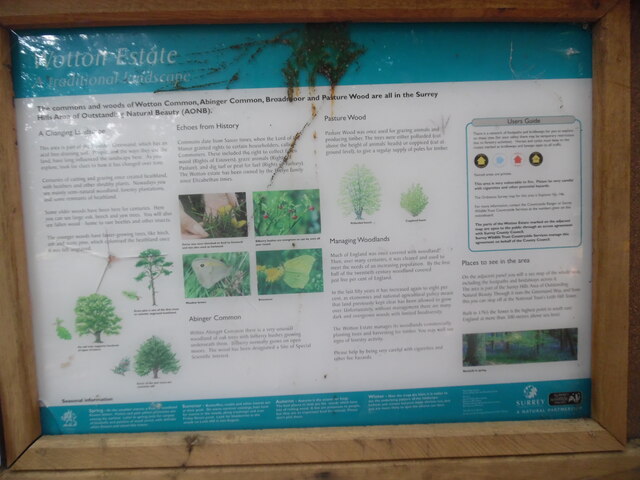
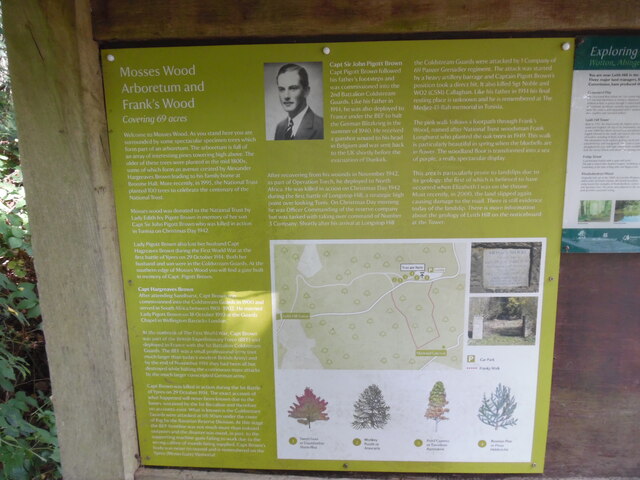
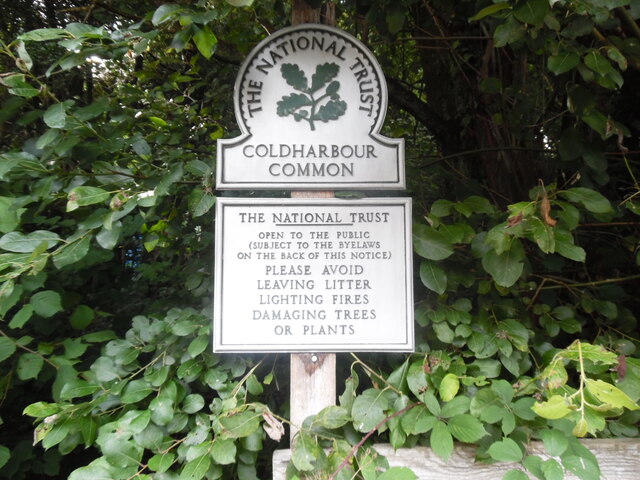
Anstiebury is located at Grid Ref: TQ1543 (Lat: 51.178, Lng: -0.347)
Administrative County: Surrey
District: Mole Valley
Police Authority: Surrey
What 3 Words
///active.improving.laser. Near Holmwood, Surrey
Nearby Locations
Related Wikis
Coldharbour, Surrey
Coldharbour is a hamlet in the Mole Valley district, in the English county of Surrey. It is on a minor road from Dorking to Leith Hill Place. == Description... ==
Broome Hall
Broome Hall is a Grade II-listed country house with grounds including cottages and outhouses on the wooded, upper southern slopes of the Greensand Ridge...
Leith Hill
Leith Hill in southern England is the highest summit of the Greensand Ridge, approximately 6.7 km (4 mi) southwest of Dorking, Surrey and 40.5 km (30 mi...
Leith Hill multiple aircraft accident
On 26 November 1944, four C-47 transport aircraft of the 442nd Operations Group departed from Advanced Landing Ground "A-4 in Pays de la Loire, northern...
Holmwood railway station
Holmwood railway station serves the villages of Beare Green and South Holmwood in Surrey, England, on the Sutton and Mole Valley Lines between Dorking...
Greensand Ridge
The Greensand Ridge, also known as the Wealden Greensand, is an extensive, prominent, often wooded, mixed greensand/sandstone escarpment in south-east...
Greensand Way
The Greensand Way is a long-distance path of 108 miles (174 km) in southeast England, from Haslemere in Surrey to Hamstreet in Kent. It follows the Greensand...
Leith Hill SSSI
Leith Hill SSSI is a 337.9-hectare (835-acre) biological Site of Special Scientific Interest south-east of Dorking in Surrey. The SSSI consists of four...
Nearby Amenities
Located within 500m of 51.178,-0.347Have you been to Anstiebury?
Leave your review of Anstiebury below (or comments, questions and feedback).
